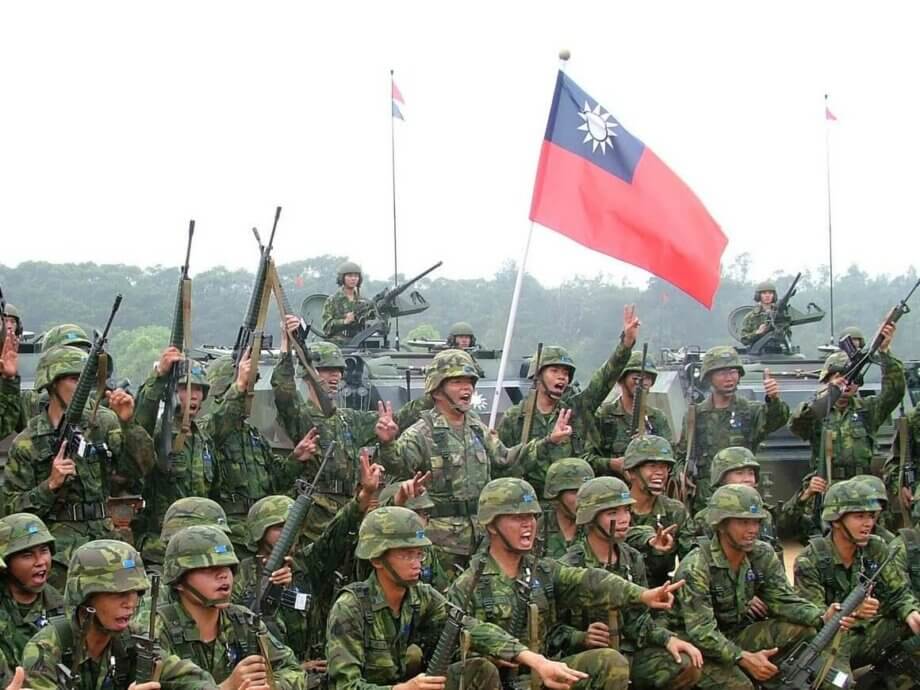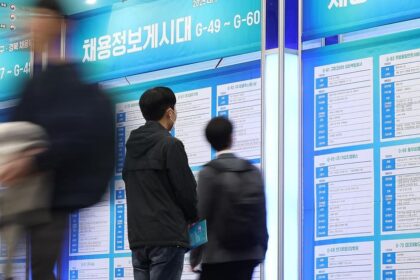China and Taiwan: The Escalating Clash Over History, Sovereignty, and the Risk of Conflict
The relationship between China and Taiwan has reached a new level of tension, with both sides locked in a war of words over history, sovereignty, and the threat of military action. Recent statements from leaders in Beijing and Taipei have reignited debates about the island’s status, the legitimacy of China’s claims, and the potential for conflict that could have global repercussions. Understanding the roots of this dispute and its current trajectory is essential for grasping one of the world’s most volatile geopolitical flashpoints.
- China and Taiwan: The Escalating Clash Over History, Sovereignty, and the Risk of Conflict
- Historical Claims: Competing Narratives
- Legal and International Dimensions
- Military Tensions and the Threat of Invasion
- Political Dynamics in Taiwan and China
- The Role of the United States and International Community
- Historical Analogies and the “Century of Humiliation”
- Risks of Escalation and the Path Forward
- In Summary
Historical Claims: Competing Narratives
At the heart of the China-Taiwan dispute lies a fundamental disagreement over history. China’s government, led by the Chinese Communist Party (CCP), insists that Taiwan is an inalienable part of its territory, citing centuries-old records and international agreements from the aftermath of World War II. Taiwan, officially known as the Republic of China (ROC), counters that it is a sovereign state with its own government, constitution, and a distinct historical trajectory.
Beijing’s narrative draws on several key historical milestones:
- Chinese records from as early as AD 239 mention expeditions to Taiwan, which Beijing uses to support its claim of ancient sovereignty.
- After a period of Dutch and Spanish colonial rule, Taiwan was administered by the Qing dynasty but was ceded to Japan in 1895 following the First Sino-Japanese War.
- Following Japan’s defeat in World War II, the 1943 Cairo Declaration and the 1945 Potsdam Declaration stipulated that territories taken by Japan, including Taiwan, should be returned to China. The ROC, then the recognized government of China, took control of the island in 1945.
However, the Chinese Civil War (1945–1949) changed the political landscape. The CCP, led by Mao Zedong, defeated the Nationalist Kuomintang (KMT) government, which retreated to Taiwan and continued to claim legitimacy as the government of all China. The CCP established the People’s Republic of China (PRC) on the mainland, but has never governed Taiwan.
Taiwan’s current leadership, especially under President Lai Ching-te, emphasizes the island’s unique history and development. Lai has pointed to the indigenous Austronesian roots of Taiwan’s people and the island’s experience under Japanese rule as evidence of its distinct identity. He argues that the ROC, now based in Taiwan, predates the PRC and that the island’s future should be determined solely by its 23 million residents.
Legal and International Dimensions
The legal status of Taiwan is a subject of intense debate. China’s government points to the 1971 United Nations resolution that transferred China’s seat from Taipei (ROC) to Beijing (PRC) as a legal basis for its claim. However, Taiwan’s leaders argue that the resolution only addressed representation at the UN, not sovereignty over the island.
Most countries, including the United States, do not formally recognize Taiwan as a sovereign state, instead adhering to the “One China” policy. This policy acknowledges Beijing’s position that there is only one China, but does not explicitly recognize Chinese sovereignty over Taiwan. The U.S. maintains unofficial relations with Taiwan, sells it defensive weapons, and has a policy of “strategic ambiguity” regarding whether it would intervene militarily if China attacked the island.
China has used its growing economic and diplomatic clout to pressure other countries and international organizations to exclude Taiwan. Today, only a handful of countries maintain official diplomatic relations with Taipei.
Military Tensions and the Threat of Invasion
In recent years, China has dramatically increased its military activities around Taiwan. Large-scale military drills, frequent incursions by warplanes into Taiwan’s air defense identification zone, and naval maneuvers have become routine. Beijing frames these actions as necessary to deter “separatist” moves by Taiwan’s government and to signal its resolve to achieve unification, by force if necessary.
Chinese officials, including spokespersons from the Taiwan Affairs Office, have repeatedly stated that it is impossible to “invade” what they consider already Chinese territory. This rhetoric is intended to delegitimize any notion of Taiwanese independence and to justify military pressure as an internal matter.
Taiwan’s government, meanwhile, views these actions as aggressive and destabilizing. Defense Minister Wellington Koo and others have warned that China’s military drills increase the risk of accidental clashes that could spiral out of control. The island’s defense strategy relies on its mountainous terrain, advanced weaponry, and support from the United States and other partners.
Despite the saber-rattling, most analysts believe a full-scale Chinese invasion of Taiwan is unlikely in the near term. The logistical challenges of an amphibious assault, the risk of U.S. intervention, and the potential for catastrophic economic and human costs act as deterrents. However, the risk of miscalculation or escalation remains high, especially as both sides harden their positions.
Political Dynamics in Taiwan and China
Domestic politics on both sides of the strait play a crucial role in shaping the conflict. In Taiwan, the Democratic Progressive Party (DPP), which rejects the “One China” framework and asserts Taiwan’s sovereignty, has won three consecutive presidential elections. President Lai Ching-te, like his predecessor Tsai Ing-wen, has emphasized the island’s democratic values and right to self-determination.
China’s leadership, under President Xi Jinping, has made “reunification” with Taiwan a central goal, linking it to the broader project of overcoming the “century of humiliation” and restoring China’s status as a global power. Xi has not ruled out the use of force and has set 2049—the centenary of the PRC’s founding—as a symbolic target for achieving the “Chinese dream,” which includes unification with Taiwan.
Within Taiwan, public opinion is complex. Most people support maintaining the status quo—de facto independence without a formal declaration. Only a minority favor immediate unification with China or a formal declaration of independence, which could provoke a military response from Beijing.
The Role of the United States and International Community
The United States is the most significant external actor in the Taiwan Strait. While Washington recognizes the PRC as the sole legal government of China, it is bound by the Taiwan Relations Act to provide the island with defensive weapons and to maintain the capacity to resist any use of force that would jeopardize Taiwan’s security.
U.S. policy has evolved in recent years, with both the Trump and Biden administrations deepening ties with Taipei, increasing arms sales, and conducting high-level visits. These moves have drawn sharp rebukes from Beijing, which accuses the U.S. of “playing with fire” and interfering in China’s internal affairs.
Other countries, including Japan and members of the European Union, have expressed concern about the risk of conflict in the Taiwan Strait, given the island’s strategic location and its central role in global supply chains, especially in semiconductor manufacturing.
Historical Analogies and the “Century of Humiliation”
China’s determination to assert control over Taiwan is deeply rooted in its national narrative. The loss of Taiwan to Japan in 1895, during the so-called “Century of Humiliation,” is seen as a symbol of national weakness and foreign domination. The return of Taiwan is portrayed as a necessary step in restoring China’s dignity and territorial integrity.
President Lai Ching-te has challenged this narrative by pointing out that if China’s goal were truly to restore historical borders, it would also seek to reclaim territories ceded to Russia and other powers in the 19th century. Instead, Lai argues, Beijing’s focus on Taiwan is about altering the international order and achieving regional hegemony.
Fact-Checking the “No Invasion” Claim
Chinese officials have claimed that China has never invaded another country and that its actions are purely defensive. However, historical records show that the PRC has engaged in military conflicts with Vietnam, India, and others, and has used force to assert territorial claims in the South China Sea. These precedents cast doubt on Beijing’s assurances that it seeks only peaceful unification with Taiwan.
Risks of Escalation and the Path Forward
The current trajectory of cross-strait relations is fraught with danger. The unraveling of political understandings that preserved peace for decades, the rise of assertive nationalism on both sides, and the intensifying U.S.-China rivalry all contribute to a volatile situation.
Experts warn that while a direct invasion may not be imminent, the risk of accidental conflict, coercive measures such as blockades, and “gray zone” tactics—cyberattacks, economic pressure, and disinformation—are increasing. The potential for a U.S.-China confrontation over Taiwan is now considered one of the world’s greatest geopolitical risks, with implications for global security and the economy.
Efforts to manage the crisis focus on maintaining the status quo, strengthening deterrence, and encouraging dialogue. Recommendations include:
- China reducing military, economic, and political coercion of Taiwan.
- The U.S. clarifying its commitment to the “One China” policy while supporting Taiwan’s self-defense.
- Taiwan investing in asymmetric defense capabilities and civil resilience.
- All parties seeking to reestablish trust and avoid crossing each other’s “red lines.”
In Summary
- The China-Taiwan dispute is rooted in competing historical narratives and legal claims, with both sides invoking different milestones to justify their positions.
- China views Taiwan as a breakaway province and has increased military pressure, while Taiwan asserts its sovereignty and democratic identity.
- The risk of conflict is rising due to military activities, political rhetoric, and the involvement of the United States and other powers.
- Most Taiwanese support maintaining the status quo, but public opinion is wary of both unification and formal independence.
- Efforts to prevent war focus on deterrence, dialogue, and maintaining the delicate balance that has preserved peace for decades.
- The situation remains one of the world’s most dangerous flashpoints, with global implications for security, economics, and the international order.












